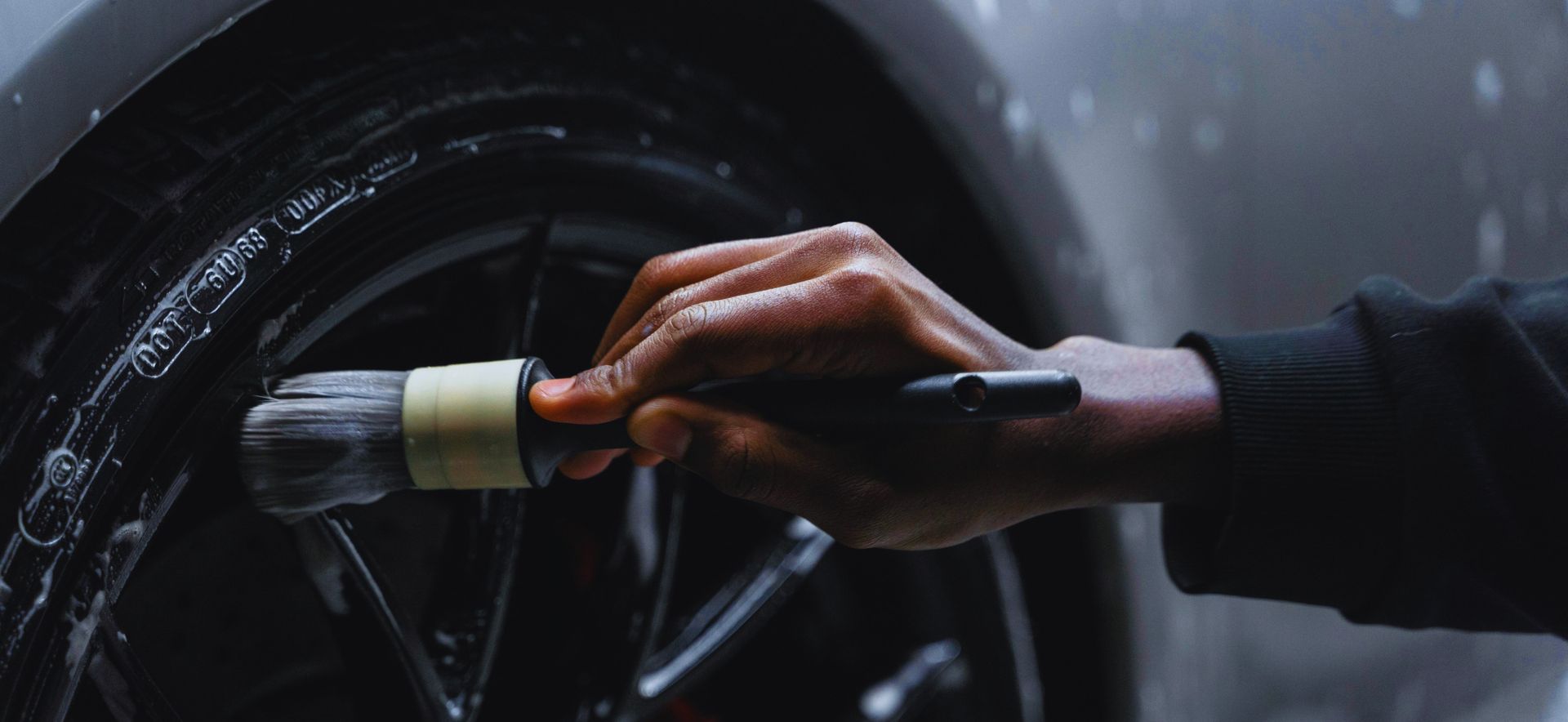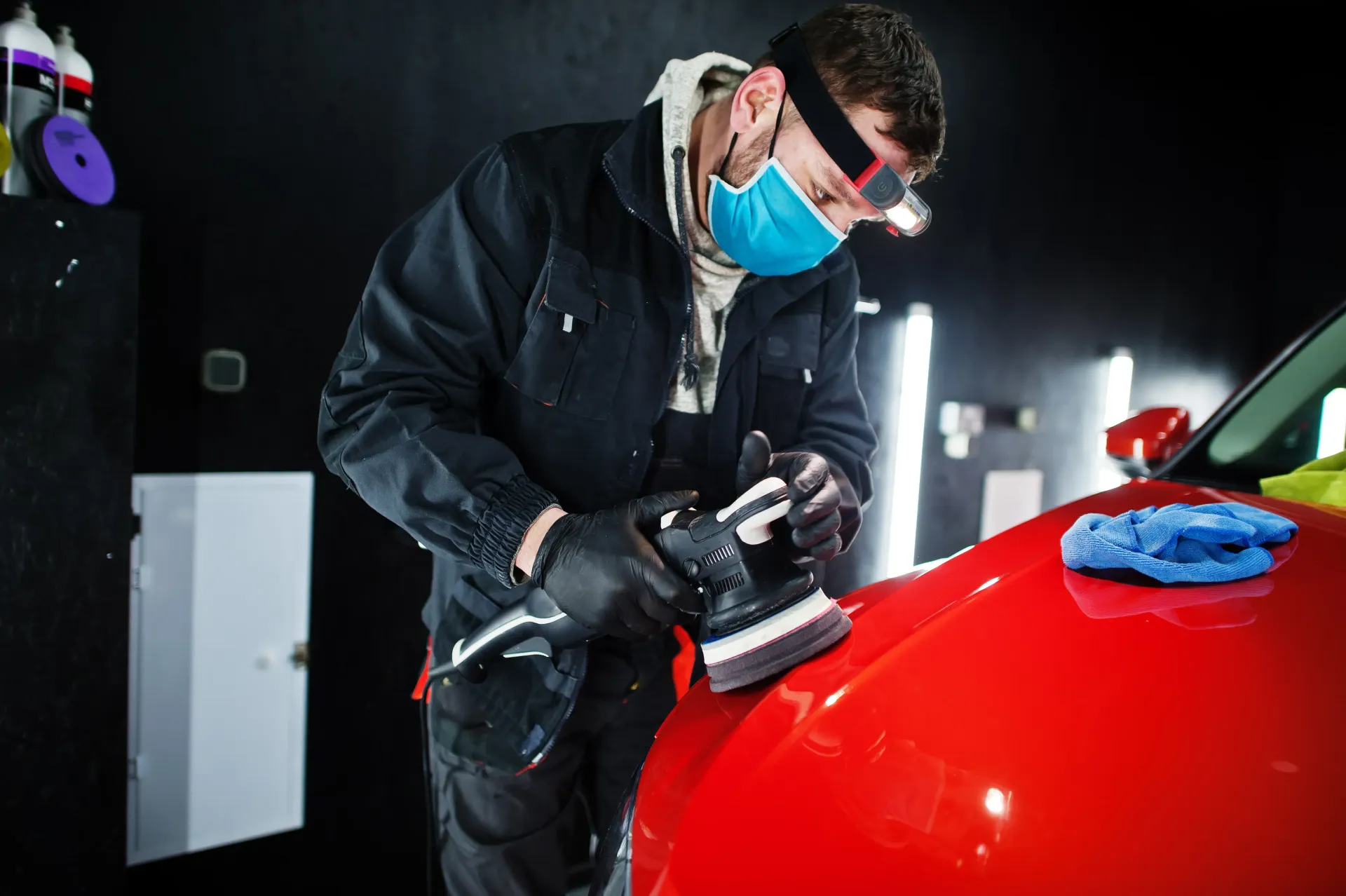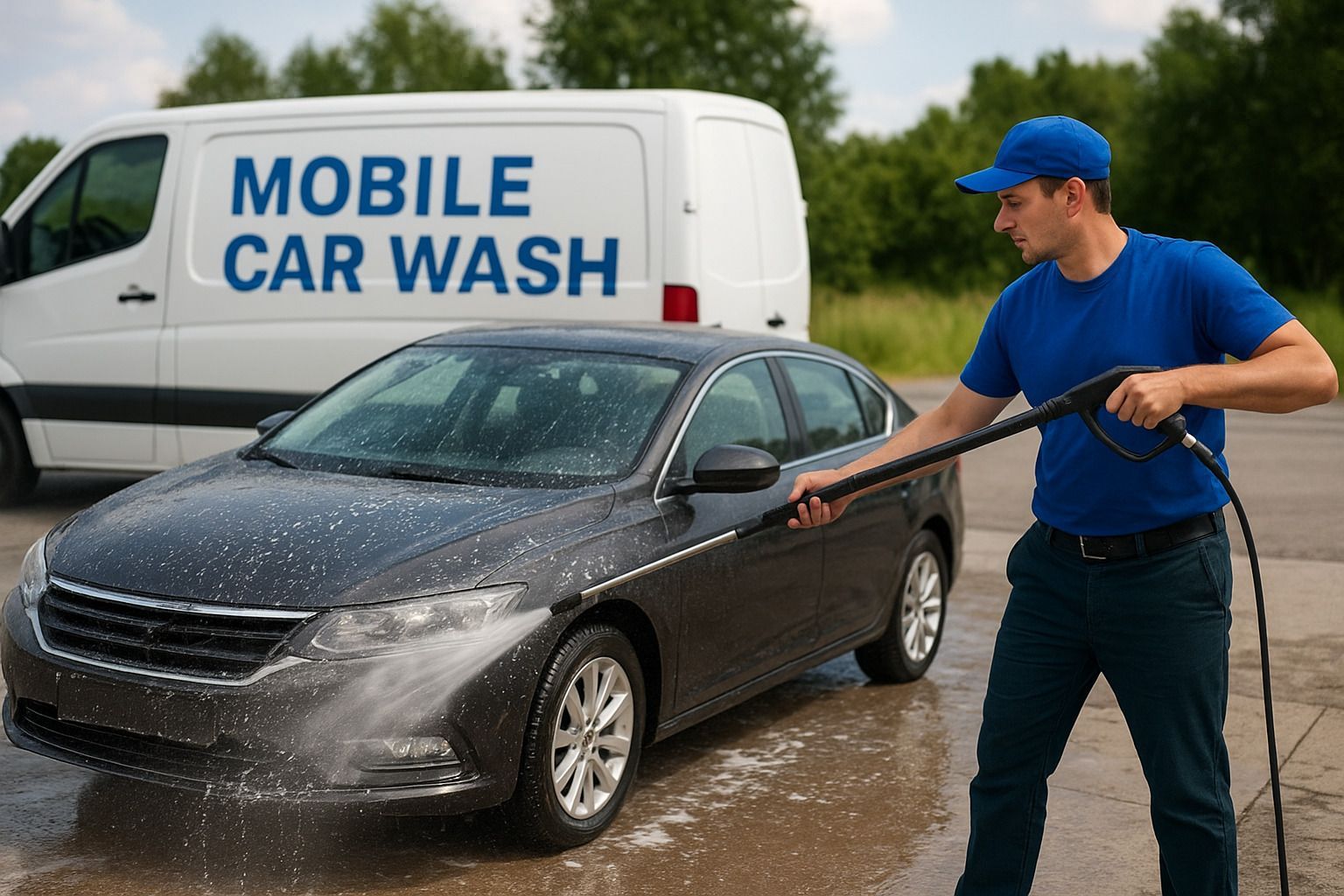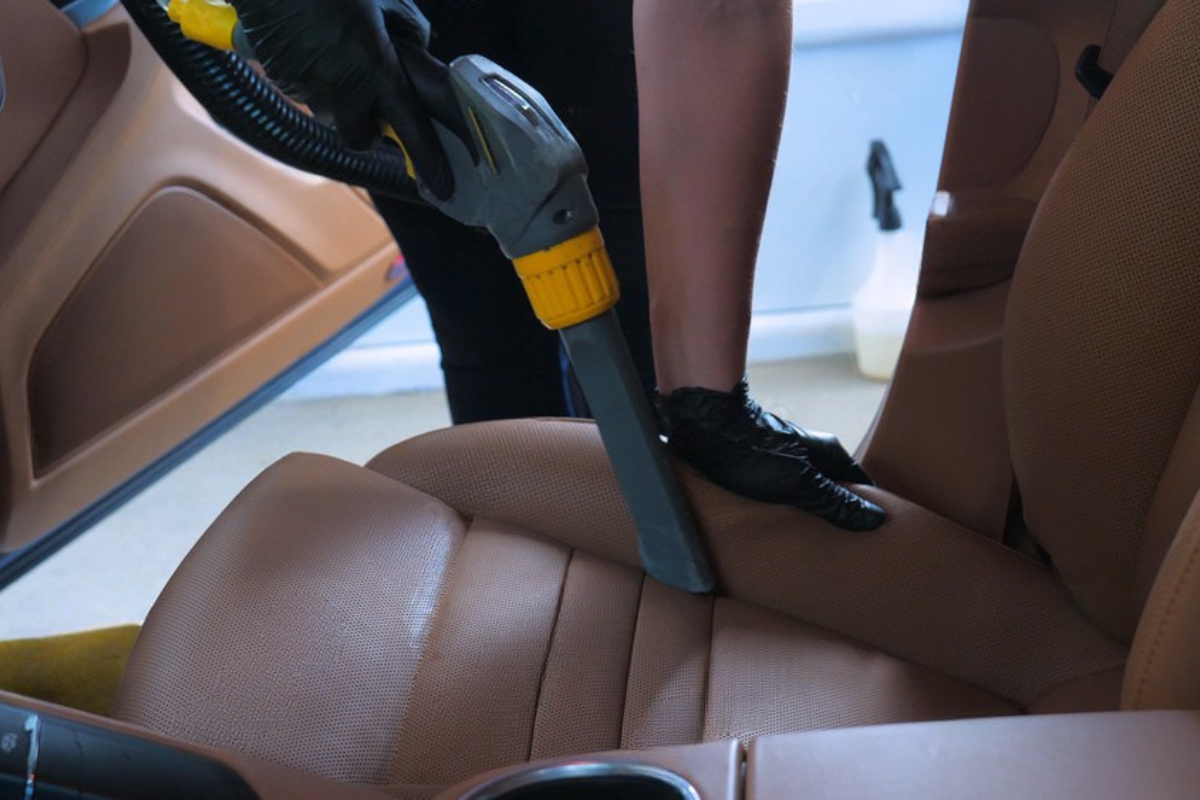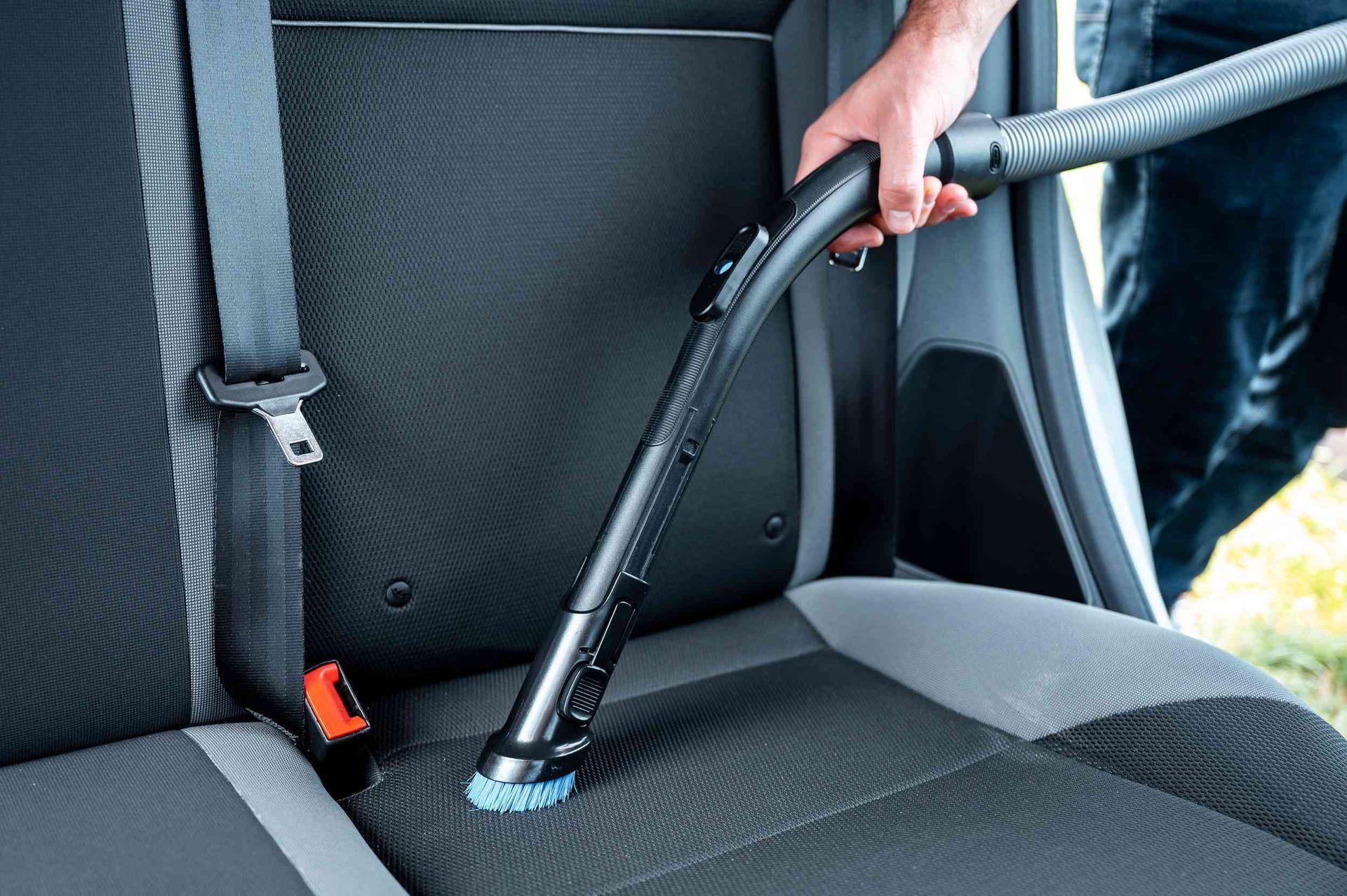Busting the Biggest Car Detailing Myths Once and for All
When it comes to keeping a car looking pristine, there’s no shortage of advice—much of it questionable at best. From "old-school" tricks passed down in the family to misleading tips on social media, car detailing myths have a way of spreading fast. The problem? Following the wrong advice can cost you time, money, and sometimes even damage your vehicle’s finish. In this article, we’re busting the biggest car detailing myths once and for all, separating fact from fiction with help from professional insights and real-world experience.
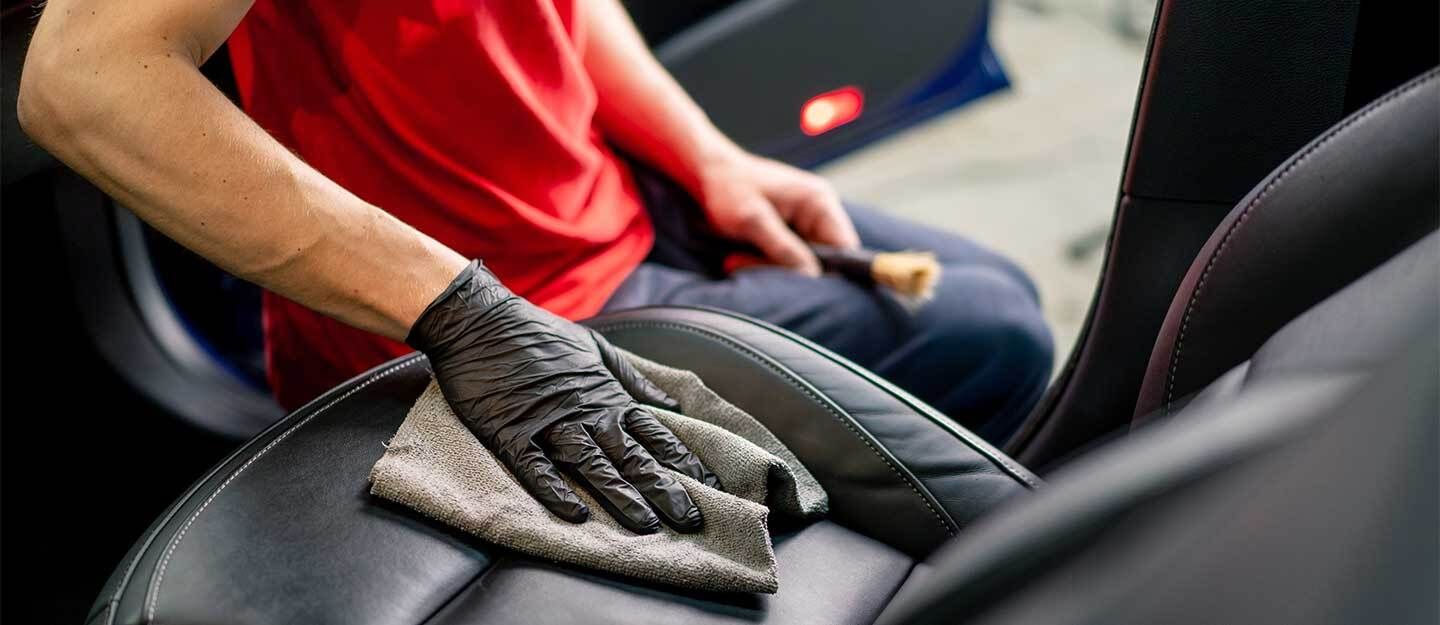
Busting the Biggest Car Detailing Myths Once and for All
The term car detailing goes beyond a simple wash. It’s about restoring, protecting, and maintaining your vehicle’s interior and exterior so it looks—and performs—its best for years. Unfortunately, myths muddy the waters, leading many car owners to waste effort or unintentionally harm their vehicles.
Let’s clear up the confusion and set the record straight.
Why Car Detailing Myths Exist in the First Place
Car care myths often start innocently. Maybe a family member swears by dish soap, or a friend claims waxing once a year is plenty. The rise of online videos and forums has made it easier than ever for misinformation to spread. People love shortcuts, and they love sharing them—even if they don’t actually work.
The truth is, cars have changed. Paint technology, protective coatings, and detailing products are far more advanced now than they were 20 years ago. Techniques that worked on older vehicles may do more harm than good on today’s cars.
Myth 1: Dish Soap Is a Safe Substitute for Car Shampoo
Dish soap is great at cutting through grease on plates, but it’s far too harsh for automotive paint. Its degreasing properties strip away protective wax and sealants, leaving your car vulnerable to UV rays, oxidation, and environmental damage.
Reality: Use a pH-balanced car shampoo designed specifically for automotive finishes. It cleans without removing the protective layers you’ve worked hard to maintain.
Myth 2: Waxing Once a Year Is Enough
Some believe that a single yearly waxing keeps a car protected year-round. Unfortunately, weather, sun exposure, and washing gradually break down wax much faster.
Reality: Most waxes last between 6–12 weeks, depending on conditions. For consistent protection, plan to wax every 2–3 months or switch to a high-quality ceramic coating for longer-lasting results.
Myth 3: Dark Cars Always Look Shinier
A fresh black paint job can be stunning, but dark colors actually show imperfections—swirl marks, scratches, dust—more clearly than light colors.
Reality: Shine comes from proper paint correction and protection, not the color itself. Any car, regardless of shade, can achieve that showroom glow with proper detailing.
Myth 4: Machine Buffing Always Damages Paint
Many people fear that machine polishing will burn through paint or leave holograms. While improper use can cause damage, modern dual-action polishers are safe in skilled hands.
Reality: With the right pads, polish, and technique, machine buffing can safely remove defects and dramatically improve gloss.
Myth 5: Rainwater Cleans Your Car Naturally
While rain may rinse away surface dust, it leaves behind mineral deposits and pollutants that can etch into paint if not washed off promptly.
Reality: Treat rain like any other environmental contaminant. A proper wash after a storm keeps your paint healthy and spot-free.
Myth 6: New Cars Don’t Need Detailing
Some owners assume a brand-new car doesn’t require any special care. In reality, new vehicles often arrive with surface contaminants from shipping or dealership prep.
Reality: A thorough initial detail—including decontamination and protection—sets your new car up for a long, glossy life.
Myth 7: Automatic Car Washes Are Just as Good as Hand Washing
Drive-through car washes can be quick and cheap, but they’re notorious for leaving scratches from dirty brushes or abrasive chemicals.
Reality: Hand washing using the two-bucket method is far safer and more effective. If you want professional results, consider a mobile auto detailing service that comes to you.
Myth 8: You Can Use Any Towel for Drying
Using old bath towels or T-shirts to dry your car can cause micro-scratches over time.
Reality: Always use high-quality microfiber towels. They’re gentle, absorbent, and designed to protect delicate finishes.
Myth 9: More Product Means Better Results
Overloading polish, wax, or cleaners doesn’t make them work better—it often makes removal harder and wastes product.
Reality: Follow the manufacturer’s recommendations for best results. Quality products are formulated to work with specific amounts.
Myth 10: Detailing Is Just for Looks, Not Protection
While a gleaming finish is the most visible benefit, detailing also protects against rust, UV damage, and premature wear.
Reality: Regular detailing helps maintain resale value and extends the life of your vehicle inside and out.
Professional Insight: Why Proper Techniques Matter
The right products are only half the battle—technique is equally important. Using a dirty wash mitt, skipping lubrication when claying, or polishing without taping off trim can all lead to costly mistakes.
Professional detailers combine experience, specialized tools, and the right processes to deliver safe, long-lasting results.
Tools and Products That Actually Work
For enthusiasts and beginners alike, investing in the right tools is key:
- pH-balanced car shampoo
- Two-bucket wash system
- Quality microfiber towels
- Clay bar or synthetic clay mitt
- Dual-action polisher
- High-quality wax or ceramic coating
These essentials form the foundation for safe, effective detailing.
How to Spot Bad Car Care Advice Online
Not all advice is created equal. Watch out for:
- Claims that sound “too good to be true”
- Recommendations to use kitchen or household cleaners
- One-size-fits-all tips without considering paint type or condition
- Lack of before-and-after proof
Stick to trusted detailing communities, reputable brands, and professional sources.
Expert Recommendations for Year-Round Maintenance
- Wash weekly or biweekly, depending on driving conditions
- Wax or seal every 2–3 months
- Use a quick detail spray for light dust between washes
- Deep-clean interiors monthly
- Schedule a professional detail twice a year for best results
For expert help, you can always contact a detailing professional.
FAQs
Is ceramic coating better than wax?
Ceramic coatings last longer, resist chemicals better, and provide stronger UV protection than traditional wax, but they require more prep work.
Can I detail my car in direct sunlight?
It’s best to work in shade. Sunlight can cause water spots and make products dry too quickly, leading to streaks.
How often should I clean my wheels?
Ideally, clean wheels every wash to prevent brake dust buildup, which can corrode finishes.
Do microfiber towels need special washing?
Yes—wash them separately in cold water without fabric softener, and air dry or tumble dry low.
What’s the difference between polishing and waxing?
Polishing removes defects in paint, while waxing adds a protective layer.
Is it worth paying for professional detailing?
If you want deep cleaning, paint correction, or long-lasting protection, professional detailing is well worth the investment.
Conclusion
Car detailing myths can cost you money, waste your time, and even damage your vehicle. By separating fact from fiction, you can keep your ride looking its best for years to come. Whether you do it yourself or call in the pros, the key is using the right products, techniques, and maintenance schedule.

